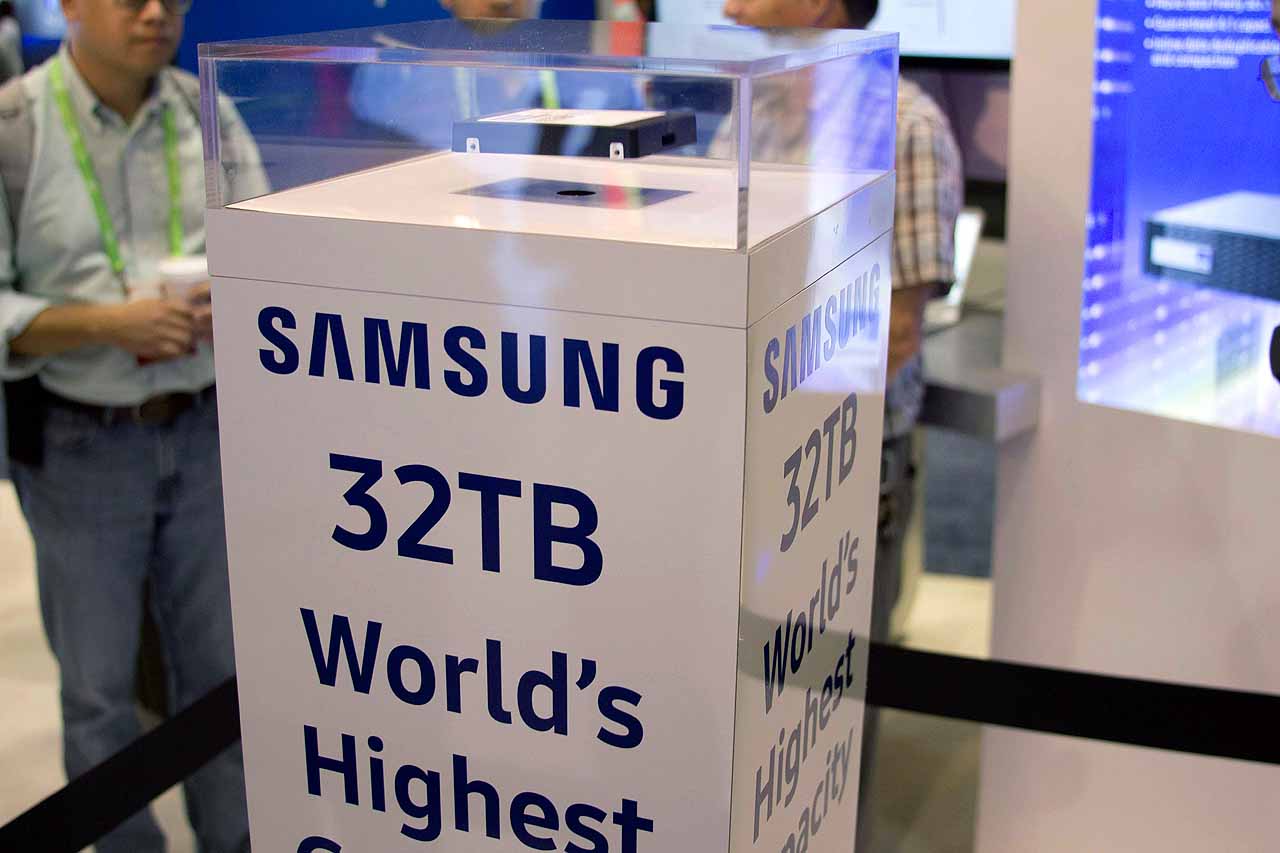Samsung Reveals 'World's Largest SSD,' Seagate And Huawei Beg To Differ
We watched the normal tit-for-tat product announcements unfold here at the Flash Memory Summit. SSD density is, as always, a hot talking point. Each company jockeys for attention at the show, which usually entails claims of having the "best" of something, and then another company will match or trump them, which makes for an interesting sideshow at the tradeshow.
Samsung set the storage world afire last year when it debuted its 15.63 TB PM1633a in a special "floating SSD" case. The announcement and demonstration, in typical tradeshow form, came long before the SSDs were actually available, though we did just notice the PM1633a in retail two weeks ago for the low low price of ~$10,000. As such, don't expect to see any of these new hefty SSDs in the real world until late next year, which will be about the time we begin the not-so-virtuous cycle of "World's Largest SSD" claims all over again.
Samsung's Supertanker
Samsung dusted off the ol' floating SSD case this year (it's the same one from last year) but impregnated it with an updated 32 TB PM1643 model. The new SSD uses 64-layer V-NAND with a 512 Gbit density, as opposed to the 48-layer NAND (256 Gbit) that it used with the old PM1633a model. The move to denser NAND provides the neat doubling of capacity that Samsung promises it will deliver every year, but the real question is which year it will actually be available.
The poorly named PM1643 (can't they name it "The Supertanker" or something?) does bring the promise of a beefy 32 TB of flash tied to a speedy 12 Gbps SAS connection, but it will remain relegated to the enterprise market due to its high cost. The previous(current?)-gen PM1633a provides up to 200,000/32,000 random read/write IOPS, and although Samsung did not release the new PM1643's specs, even if it's marginally faster than its predecessor, the limits of the SAS connection will hamstring performance.
The hefty design is a good example of why Samsung is now selling more flash into the enterprise than it does in the consumer SSD world, and the small 2.5" form factor with a 15mm Z-height (thickness) makes the SSD particularity attractive for space-constrained data centers. No, it won't fit in a laptop, but it is a good indication of where the increased density of 3D NAND will take us.
Huawei's Little (big) Gem
Marketing-averse Huawei's booth lacks the pomp and circumstance of the massive Samsung operation, but it has its own 32 TB HSSD hidden away. The Huawei SSD also uses the 12 Gbps SAS connection, which will limit performance. None of the "World's Largest" SSDs have an NVMe connection, which might be due to heat concerns in the small device. The Huawei beast uses an undisclosed 2D NAND from Toshiba, which means that it should come at a friendlier price point. 2D NAND tends to consume more power, and thus run hotter, than 3D NAND. Huawei has louvers on both ends of the SSD to assist in thermal dissipation. Huawei did not share any performance data on its newest SSD.
Get Tom's Hardware's best news and in-depth reviews, straight to your inbox.
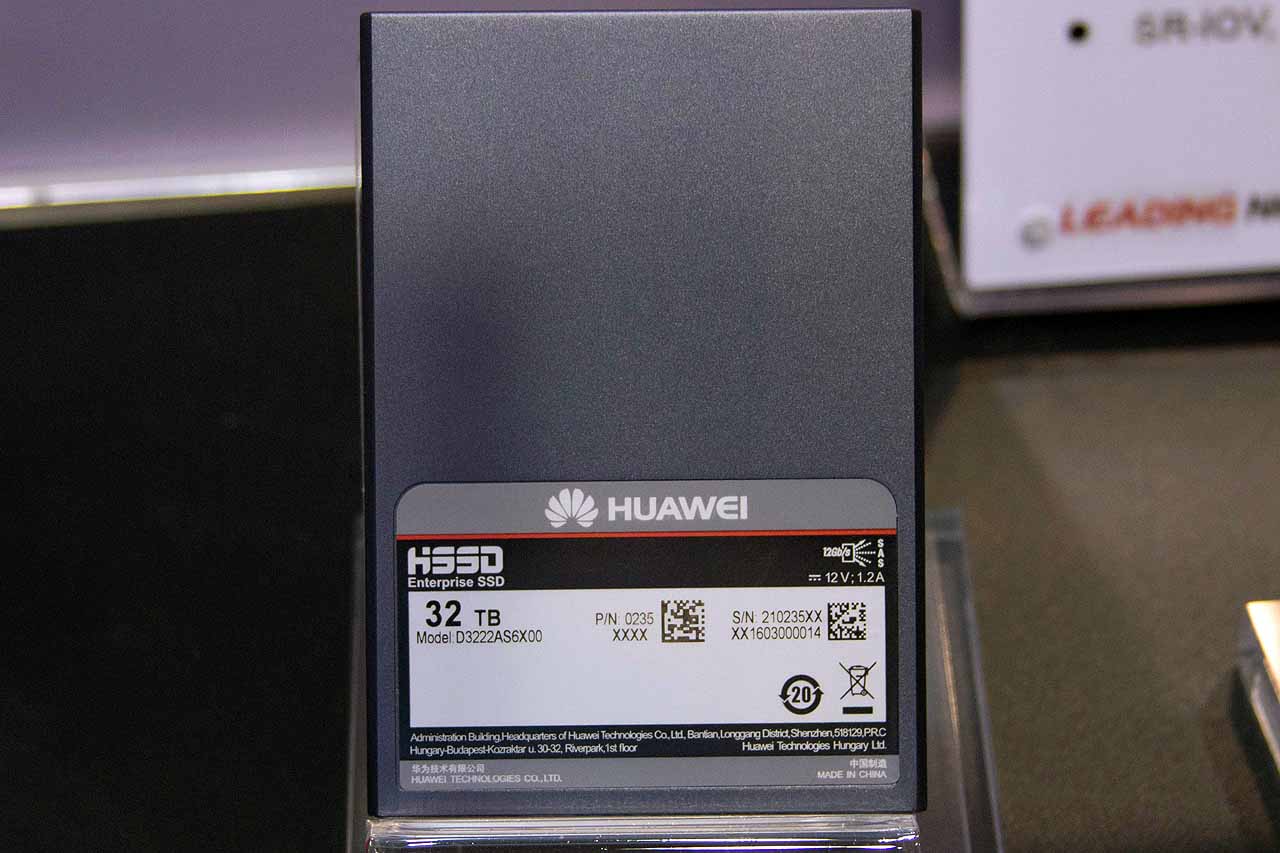
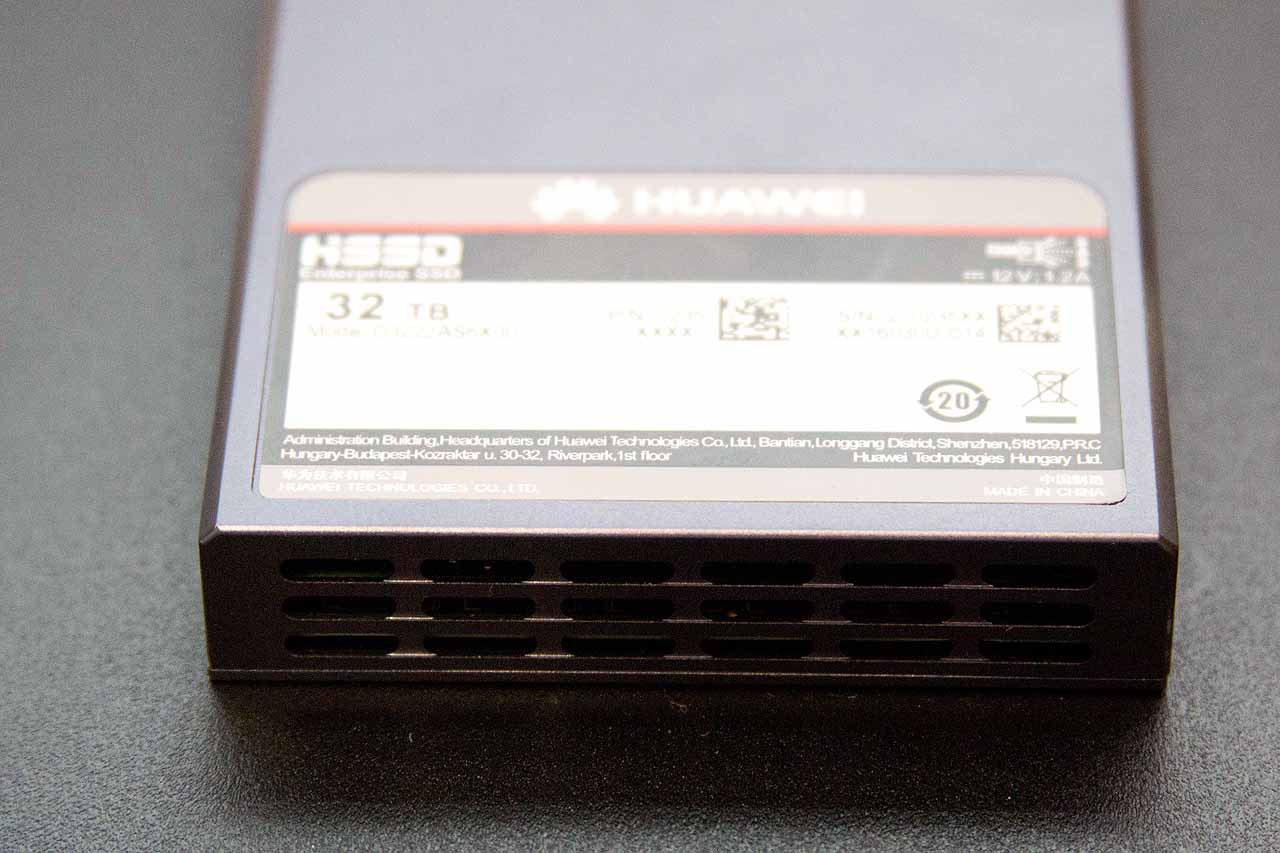
Seagate Drops The Mic
Seagate beat its competitors to the punch with the announcement of its 60 TB SSD earlier this week, but it comes in a much larger 3.5" form factor (in comparison to the 2.5" form factor used with the other SSDs). The bigger case gives Seagate more room to pack in more 2D NAND, but when the company switches to 3D NAND, it will increase density tremendously. Seagate provided sequential performance specifications of 1,500/1,000 read/write MBps and 150,000 random IOPS at QD32. The real attraction to the Seagate SSD, beyond just the 60 TB of capacity, is its low 15W power consumption. Unfortunately, we do not have comparative power specifications from the other vendors.
Seagate also had a demo unit in a clear case, which reveals that the interior design of the SSD houses three sandwiched PCBs packed to the gills with flash. The SSD uses the same design as the Seagate 1200.2 SSDs we recently reviewed. A co-branded LSI/Seagate TT50761 ASIC works in concert with an array of eASIC ONFI bridges, which allows the SSD to address up to 1,280 flash die per controller.
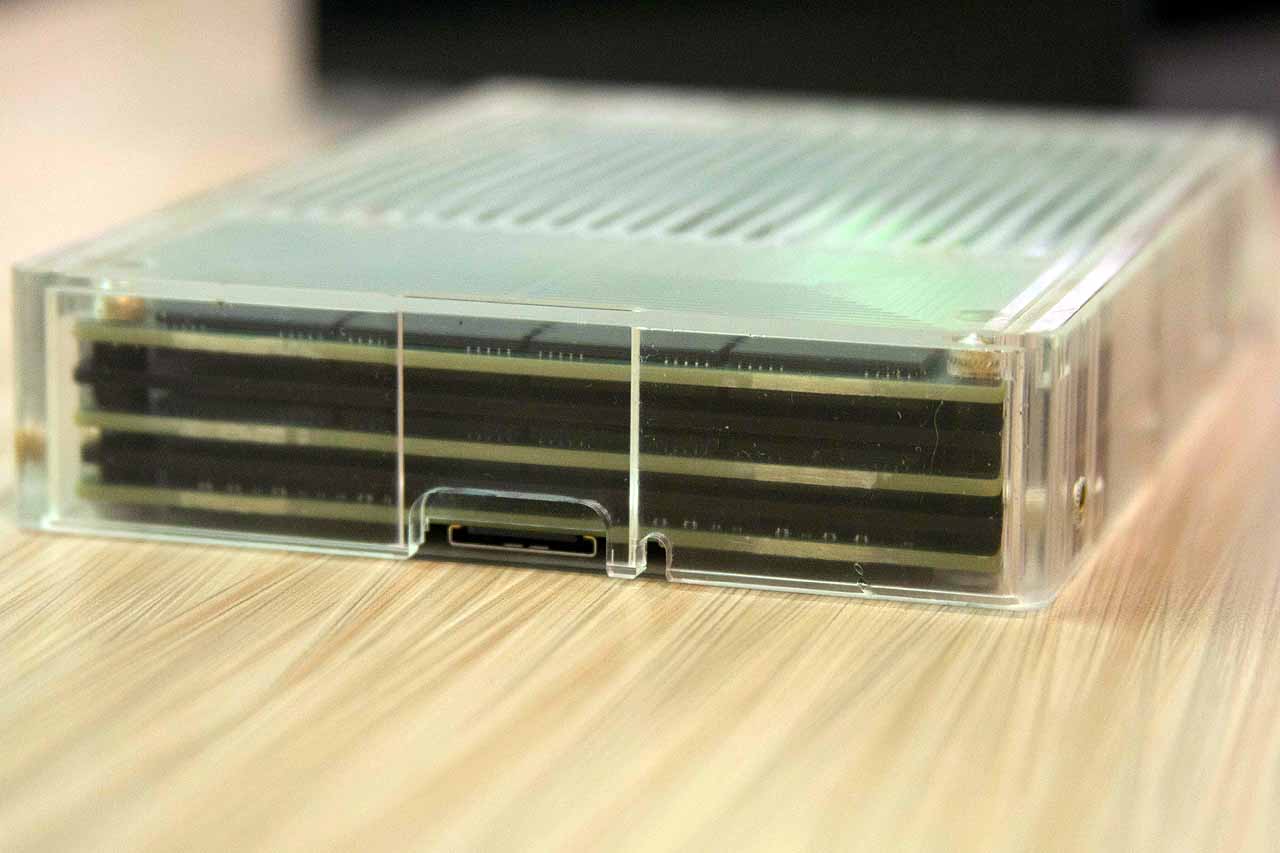
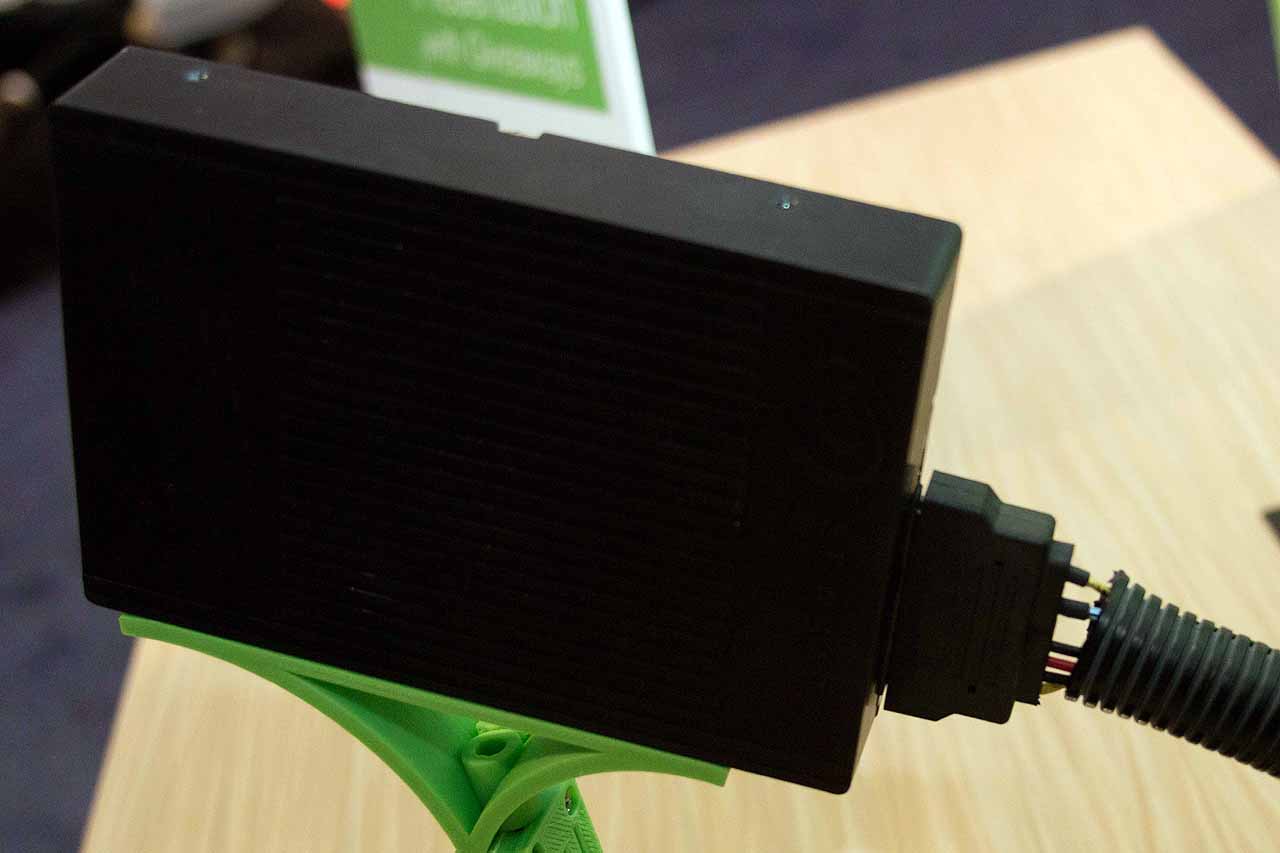
And The Winner Is...
| Header Cell - Column 0 | Seagate 60 TB 3.5" form factor | Samsung 32 TB 2.5" form factor | Huawei 32 TB 2.5" form factor |
|---|---|---|---|
| Cubic Inches | 17.25 | 6.39 | 6.39 |
| Density | 60 TB | 32 TB | 32 TB |
| TB per Cubic Inch | 3.48 | 5 | 5 |
The Samsung and Huawei SSDs obviously share the same cubic density, as they both utilize the 2.5" form factor. The Seagate SSD throws a wrench in the process because it is larger than the competition, so we calculated the TB per cubic inch in the chart above, which indicates that the Samsung and Huawei SSDs have 5 TB of capacity per square inch, thus winning the density wars.
The Seagate SSD outweighs the others in sheer capacity, but as an interesting side note, 3.5" form factor drive bays aren't as common in slim 1U servers. However, this aligns well with the stated intentions of using it for archival workloads. The slimmer, and faster, 2.5" SSDs will find many friendly slots in slim servers that are geared for more intense workloads.
As always, price and the full performance specs will dictate the winner in many situations, and unfortunately, we have neither for the "World's Largest" SSDs.

Paul Alcorn is the Editor-in-Chief for Tom's Hardware US. He also writes news and reviews on CPUs, storage, and enterprise hardware.
-
fatalshot808 @Captaincharisma I don't see how this is quantity or quality can you explain this to me?Reply -
alidan Reply18424547 said:@Captaincharisma I don't see how this is quantity or quality can you explain this to me?
from what I remember, and anyone correct me if i'm wrong, seagate usually comes out with the largest drives first, but historically they had the worst failure rates, peaking with the 1.5tb (everyone sucked at this specific drive size) of somewhere close to 15%
they also offered the shortest warranties after crap hit the fan a few years back and everyone stopped the 5 years on anything besides the enterprise drives so that makes them seem like they have the worse drives, however currently, if i remember the numbers right seagate is leading in lowest drive failures while WD is trailing, granted this is all sub 6% on mechanical drives, but people get lemons, shipping damages a hard drive, so on so forth, some people swore off WD because a batch they ordered had half the drives fail (this indicates shipping broke the drives) or you get seagate that had the worst 1.5tb of which i went through rma processes with them 5 times, one of the drives vibrated itself to death.
for me, back your data up, there, this crap about drive failure rates is over right then and there, back it up, rma or replace the broken drive, mirror over. -
dark_lord69 Surprised to see the day that SSD drives are larger than the mechanical competition. I think those shows where the future is headed.Reply
I would love to have a 1 TB SSD as my main drive but those a still a bit more than I want to pay... -
none12345 1tb about ~250 now , thats not so bad, 480 is the best price atm tho, at $100.Reply
Heck i spent 230 not so long ago for a 256gb so seems cheap to me.
I really wish they were at the 4tb for ~150 price point tho, id love to have 2 large ssds in raid 1. But for now HDD still win for large media drives. -
zodiacfml This news needs an SSD expert and some data center operation knowledge. There are plenty small things that needs correction.Reply -
Paul Alcorn Reply18430329 said:This news needs an SSD expert and some data center operation knowledge. There are plenty small things that needs correction.
I am receptive to suggestions, in fact, if there is something wrong I would like to know. Feel free to point out specific errors.
-
3ogdy Reply18422776 said:The war has just begun, lets see who will have the biggest SSD
To be honest, I'm much more interested in who will bring SSD prices down sooner, rather than in who makes the largest SSD on the planet. We still can't get half a TB of flash in an SSD for less than $100 today.
